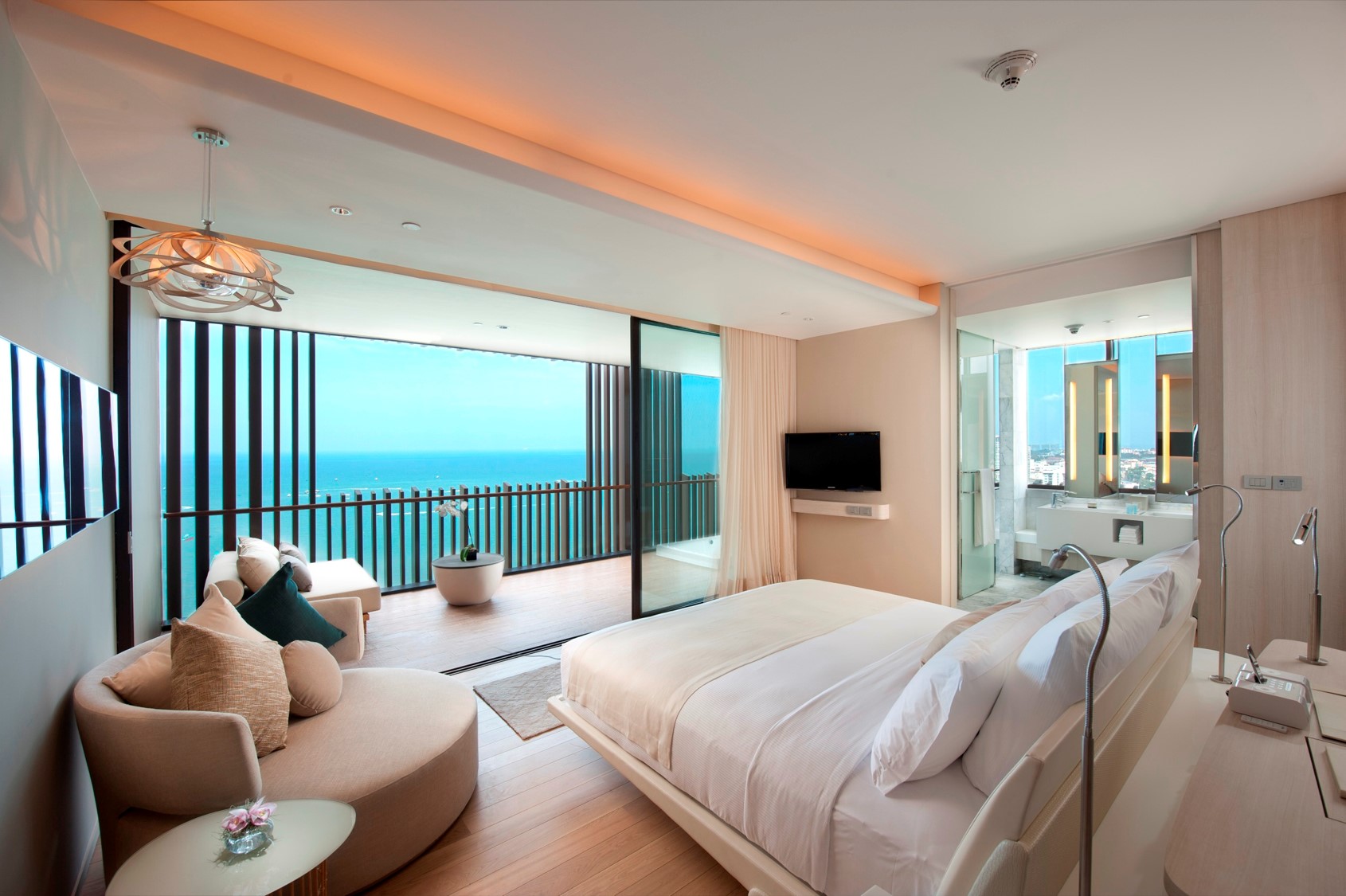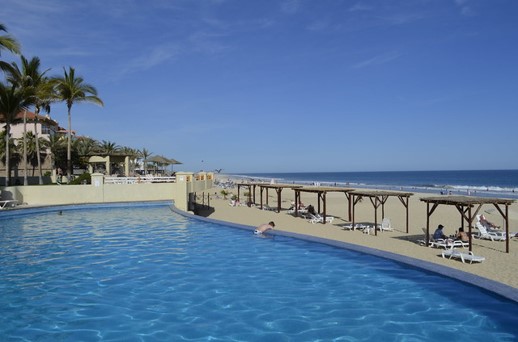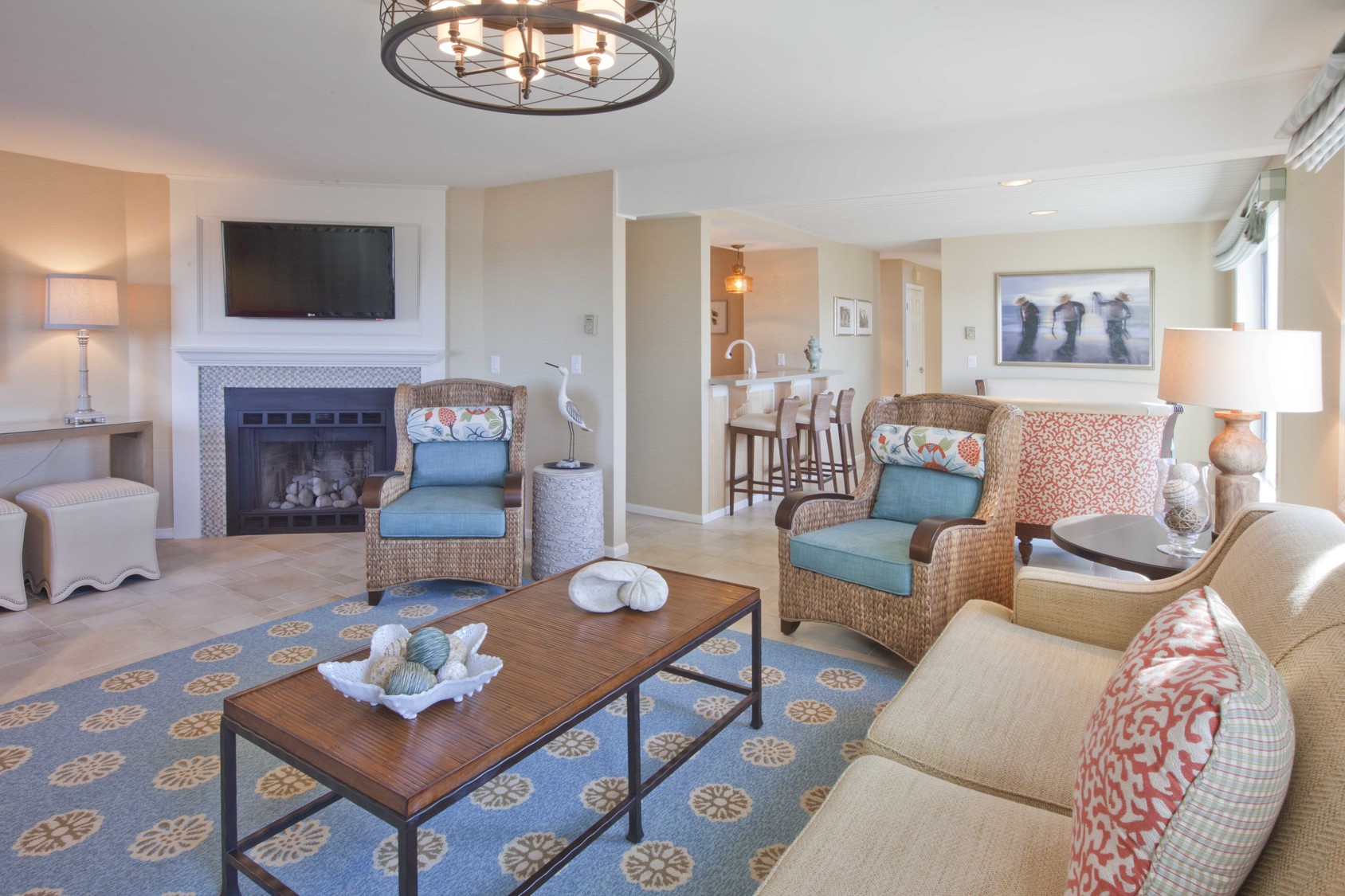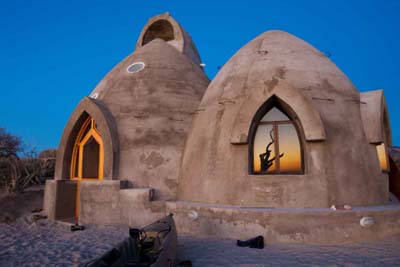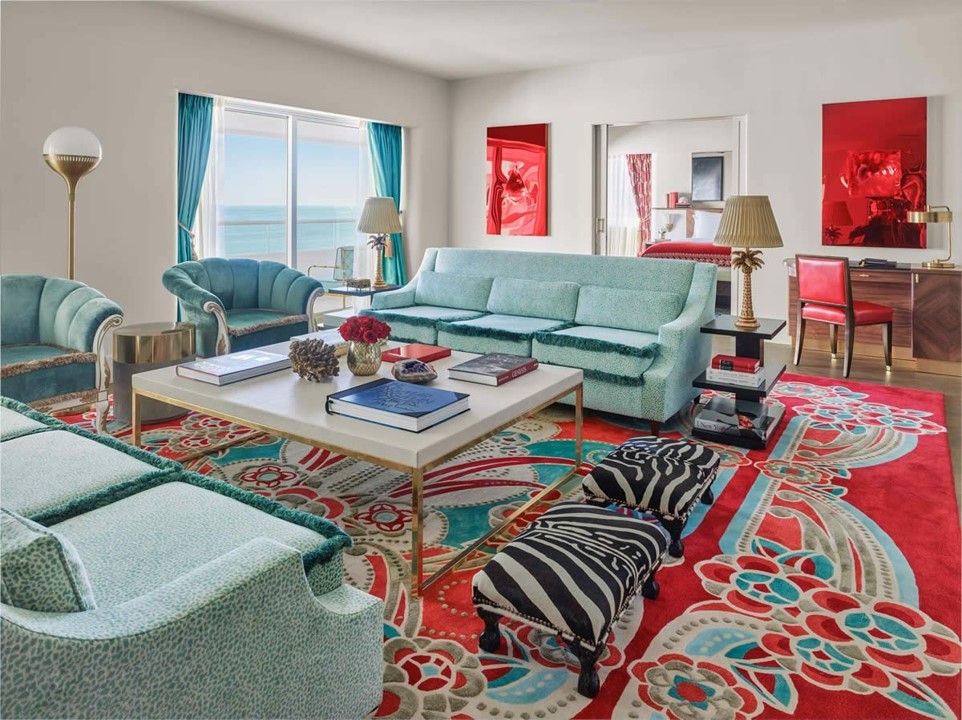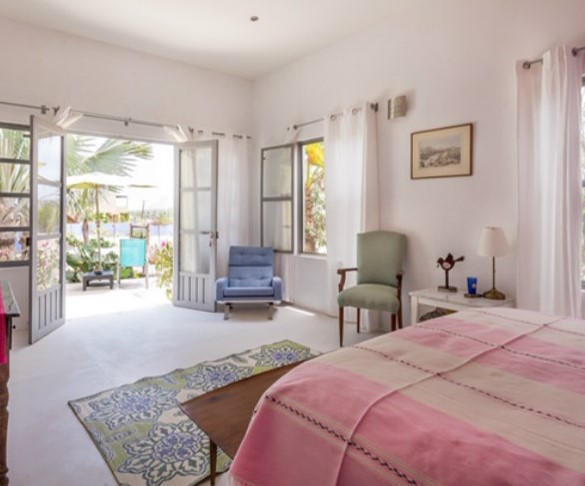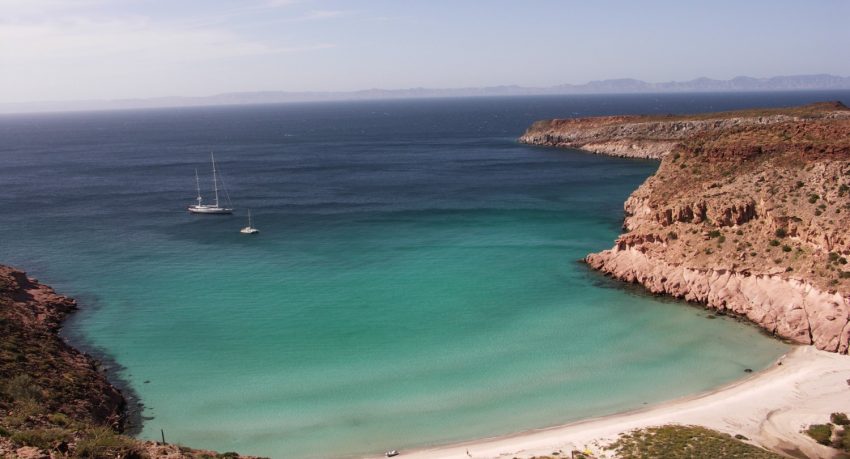The corridor’s best beaches
The distinction between Cabo San Lucas and San José del Cabo blurs further each year as new resorts are erected along the 33km Corredor Turístico (aka Hwy-1), or just the CORRIDOR, separating the two towns. As a general rule, Sea of Cortez beaches may be swimmable and Pacific beaches never are, but before you swim or surf anywhere in Los Cabos, ask a local and read any posted signs. Obey any signs warning you off wet sand and note that beaches deemed safe one season may not be safe year round – summer especially can be hazardous.
The good news is that every beach is free and open to the public, though getting to and from them can be a hassle without your own car. With the exception of Playa El Médano in Cabo San Lucas and Palmilla in San José, you can’t comfortably reach any of the beaches on foot unless you’re staying at one of the adjacent resorts. If you’ve got your own transport you can turn off Hwy-1 at any of the beaches and park in the sand; local buses (M$17–23) run up and down the highway every twenty to thirty minutes between around 5am and 10pm daily (just flag them down). There are no toilets or lifeguards at the beaches and if you want shade, food or drink, bring your own. All distances here are measured east from Cabo San Lucas towards San José del Cabo, 33km away.
Barco Varado, km 9. The remains of a Japanese trawler that sank in 1966 lie offshore here, making diving the main focus of this beach, though it’s also a popular surfing spot. Take the marked dirt access road off the highway; mind the rocks on your way down.
Bahía Santa María, km 13. You can scuba and snorkel on rock reefs (rays and turtles hang out here) at both ends of this horseshoe cove, and go swimming at the protected beach in the middle. There’s a secure parking lot ten minutes’ walk from the beach (signposted from the highway).
Bahía Chileno, km 14.5. There are toilets here (the only beach that has them) and a dive shop that rents watersports equipment (nothing with a motor, though), making Chileno one of the easiest beaches to enjoy. Definitely the best family beach; excellent for swimming, diving and snorkelling, or just relaxing along the well-packed sand – it’s also one of the few beaches with shady palm trees. Look for the signs to “Chileno Beach Club”. It’s popular, so go early.
Playa Palmilla, km 27. Good, safe 1.5km-long beach used by San José hotel residents needing escape from the strong riptide closer to home. Point and reef breaks when surf’s up. Popular for standup paddle boarding. Access the beach by following signs to One & Only Palmilla and taking the only dirt-road cut-off to the left, about 2km from Hwy-1.
Playa Acapulquito, km 28. AKA Old Man’s, this is a top surfing beach for beginners, blurring into Costa Azul. Also home to super-cool Cabo Surf.
Costa Azul, km 28.5. The region’s best surfing beach is known for the Zippers and La Roca breaks during the summer (look out for rocks at low tide). Board rentals available at the car park. Swimming is possible during the late winter and early spring, but ask at Zippers beach restaurant (daily 11am–10.30pm; T 624 172 6162) before you dip in.

